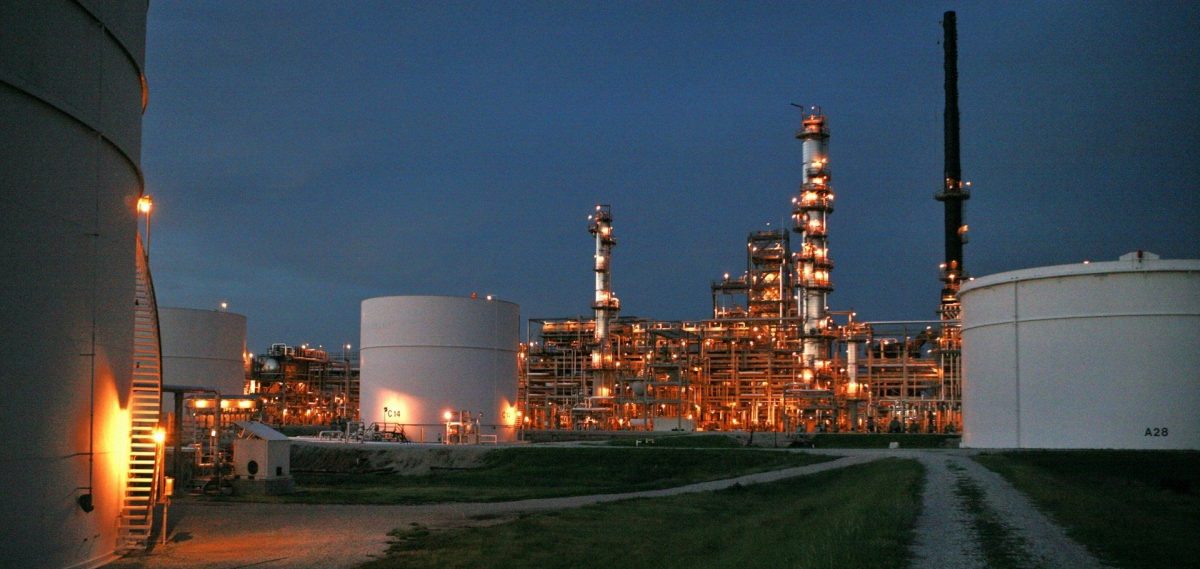A US airstrike that killed a top Iranian military commander has ignited fears of a spiraling military conflict, abruptly halting the market rally that opened the new year.
The price of oil surged by about 4% on Friday amid the sudden risk-off sentiment.
The airstrike killed Iran’s elite Quds force commander, Maj. Gen. Qassem Soleimani, the US said on Thursday night.
“To many in the Middle East, this may be deemed a declaration of war,” Helal Miah, an investment research analyst at The Share Centre, said in an email.
“A rise in oil prices … is just what the global economy needs to avoid at this time where growth is fragile.”
Here’s where markets were trading at about 9:40 a.m. in London (4:40 a.m. in New York):
- West Texas Intermediate andBrent crude each rallied at least 4% on the news before paring those gains early London time. WTI was up about 3.4% to $63.27 a barrel, while Brent gained 3.5% to about $68.53.
- US futures underlying the S&P 500, the Dow Jones Industrial Average, and the Nasdaq were down more than 1% each.
- Europe’s benchmark Euro Stoxx 50 was down about 0.8%. Germany’s DAX slumped about 1.2%. France’s CAC 40 Index fell 0.5%.
- In Asia, the Nikkei and Hang Seng fell at least 0.3%. The Shanghai Composite Index was down 0.1%.
- Gold jumped 1.4% to about $1,549.
“A severe retaliation awaits murderers who have the blood of Soleimani and that of other martyrs on their wicked hands from last night’s incident,” Iranian Supreme Leader Ayatollah Ali Khamenei said, according to a statement cited by Bloomberg.
“It’s never likely to be good news for the markets when ‘World War III’ is trending on Twitter,” the AJ Bell investment director Russ Mould said in a morning note to clients. “It is therefore hardly a surprise to see yesterday’s positive start to 2020 for stocks come to an abrupt end.”
The US move “promises to escalate tensions in the Middle East and it is unsurprising to see crude oil prices trade higher to factor in potential disruption to supply from the region,” he said.
“Turbulence often sees investors reaching for the safety belt of gold exposure.”
Source: Market Insider
